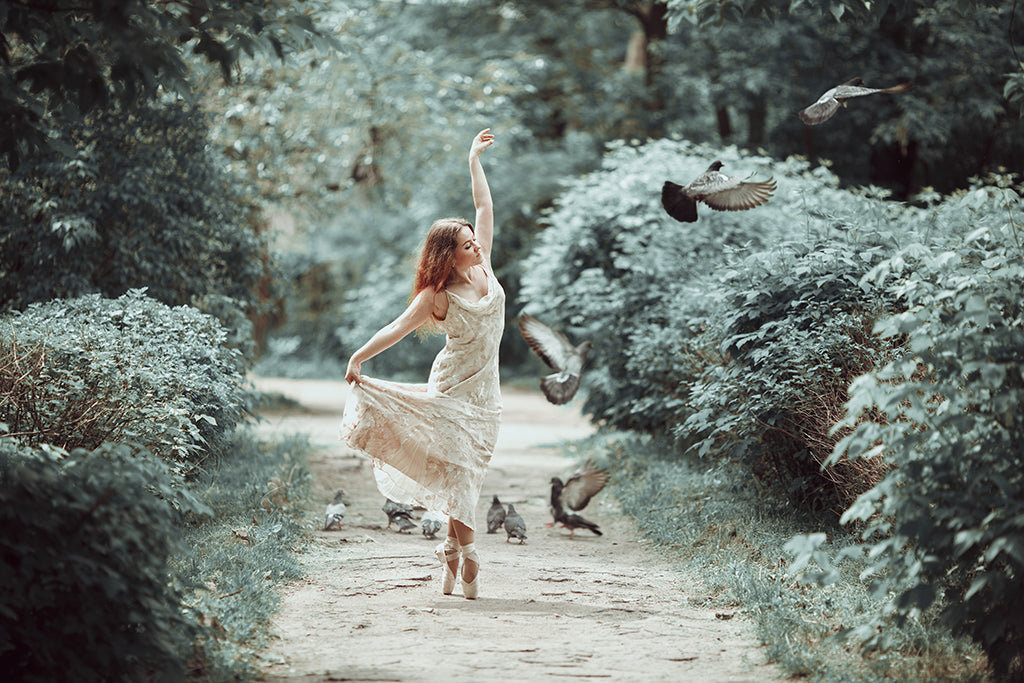-
Lightroom Presets
- Mobile Presets
-
Photoshop
-
Learn
-
Support
-
Install
- Best Sellers
- Blog
By Anna Gay on | No Comments

For our final installment in our series about marketing yourself in fine art and stock photography, I want to talk to you about two things that might not seem like a huge deal on first glance, but they can actually be the difference between having your work selected to be exhibited in galleries and accepted into exclusive stock agencies, -OR- prevent you from getting very far in your pursuits.
The two topics are 1) screen calibration and 2) printing.
If you are primarily displaying your work online, you'll want to edit on a calibrated screen. Doing so will ensure that your images look their absolute best. How frustrating would it be to have your work look great on your screen, but not-so-great on everyone else's, simply because your screen is out of whack?
Having a properly calibrated screen will also help you when it comes time to print. If you are exhibiting in galleries or selling prints, you will want the best color possible in your prints, along with high quality paper.
The goal is to make sure that you are editing on a screen that is producing the most accurate color and tonal values possible.
Calibrating your screen is a process that can be done either through your computer's OS, or through a third party calibration device, such as Spyder or Colormunki.
Even though some of the newest screens on the market have great built-in calibration tools, you will find that many photographers prefer to use a third party device. You will also find photographers who swear by the built-in calibration software on their OS! So, the choice is ultimately yours on whether or not to purchase a calibration device. I can tell you that, in my own experience, the photographers I know whose prints I find the most beautiful use a third party calibration device. There isn't always a huge difference, but that little bit of difference makes their prints stand out quite a bit and brings the quality of their work to a higher level.
Once you have your screen situation figured out, you will be ready to begin printing. In fine art photography, prints are extremely important. Not only will you need prints to display in galleries, you will also need prints to carry with you if and when you attend portfolio reviews.
Printing your images for galleries is a completely different ball game than the prints photographers typically include in their print packages. I would urge you to avoid printing images intended for a gallery at a lot of the well known commercial labs. While certain paper types and printing styles are absolutely perfect for displaying in your home, they aren't generally what is accepted as the standard in the fine art world.
Paper Type
You will want to look for print labs that offer prints on archival paper, particularly paper that is fiber based. Some of the paper brands you will want to look for are Canson, Hahnemuhle, Ilford and Moab, to name a few.
In some cases, you may find that a particular print company will not state exactly what brand of paper they are using, but they will use terminology such as "acid free" or "100% cotton" - these are the terms you want to look for when choosing a print lab and a paper. If you have questions about the paper, you can always contact the print lab for more information.
Print Type
There are quite a range of print types to choose from, though inkjet printing is becoming the standard as better printers, inks and papers are constantly appearing on the market.
You will often see inkjet prints listed as "archival," though there is still quite a bit of debate as to the longevity of inkjet printing.
Another popular type of print is the Giclée printing process (pronounced zhee-klay) which is a form of inkjet printing that involves more archival materials, such as pigment based inks and archival papers.
A less common type of print, but one that is most definitely archival, is the digital c-print. C-prints have been around for many years, and before inkjet printing came along, were one of the most common types of prints. They are still accepted in the fine art world as a high standard of print.
What Type of Print Should You Have?
For gallery exhibitions, you'll want to get have best prints you possibly can, but the type of paper and print will depend entirely on your own personal tastes and also your style of photography. When you are first starting out, try different types of paper and prints to get a feel for how they look in person and how you feel about them. There are quite a lot of print labs that have sample print and paper packages.
For portfolio reviews, there is some debate about whether you should have extremely nice prints, or prints that are lower in quality than what you would typically display in a gallery. On one hand, bringing high quality prints to a portfolio review will show that you take your work very seriously and want to display it as beautifully as possible. On the other hand, this may be a tad wasteful, since portfolio reviews often involve a lot of handling of prints, and if you are printing on a fiber paper, your prints will get scratched and damaged much more easily than if you were printing on regular paper, such as luster, for example.
So, this has been a crash course in calibration and printing! Just know that there are many ins and outs to the process, and a lot of it revolves around you as an artist and how you want to display your work.




Comments